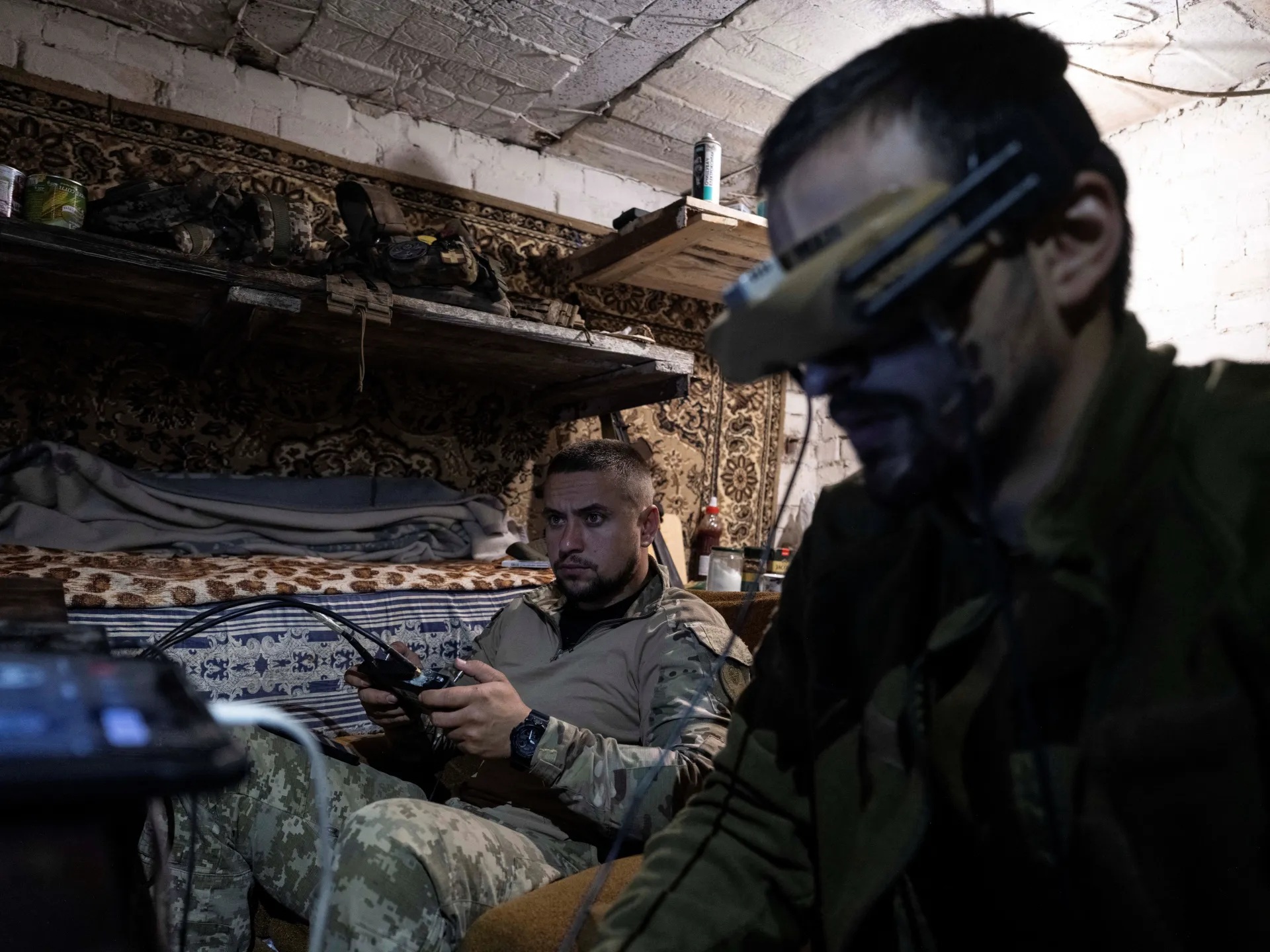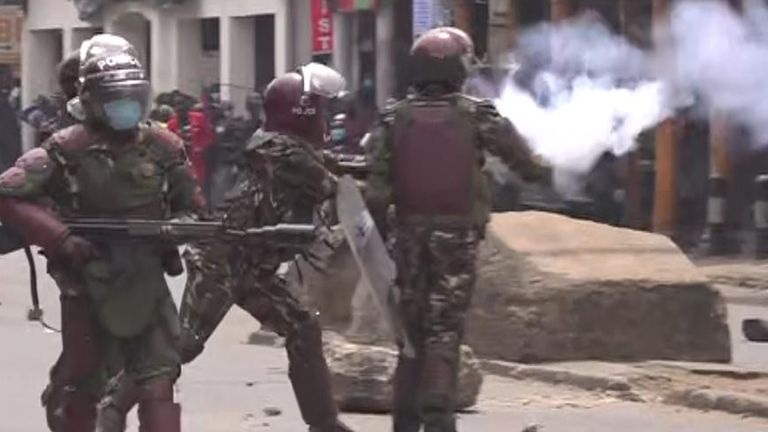News
Ukraine’s “Operation Spiderweb” strikes deep into Russian territory, forces Russia to shelter
operation also forces Russia to relocate aircraft

Online media reports of Wednesday, June 18, 2025, say Ukraine’s Operation Spiderweb has forced Russia to seek more formidable shelter and also to relocate its aircraft to safer areas.
On June 1, 2025, Ukraine launched a large-scale drone offensive known as Operation Spiderweb, marking a dramatic turning point in its conflict with Russia.
This bold move demonstrated not only Kyiv’s evolving military sophistication but also the vulnerabilities of Moscow’s strategic air assets, even deep within Russian borders.
Covert Planning and Tactical Execution
The operation saw the coordinated deployment of 117 first-person-view (FPV) drones, each relatively inexpensive but capable of precise targeting.
Over a period of several months, these drones were smuggled into Russia hidden inside specially modified shipping containers mounted on commercial trucks.
These mobile launch systems featured retractable roofs to deploy the drones remotely.
Also, some were equipped with self-destruct systems to prevent Russian forces from recovering or reverse-engineering the technology.
The drones struck five major Russian air bases: Olenya, Dyagilevo, Ivanovo Severny, Belaya, and Ukrainka.
These locations house a significant portion of Russia’s long-range bomber fleet, including Tu-95MS, Tu-22M3, and Tu-160 bombers, as well as A-50 early warning aircraft.
Using AI-based targeting systems, the drones identified and exploited specific weak points—like exposed fuel tanks and engines—to maximize damage while conserving resources.
Significant Damage and Strategic Disruption
The attack reportedly destroyed at least 13 aircraft, among them eight Tu-95 bombers, which are difficult to replace as they are no longer in production.
Analysts estimate the financial loss to be in excess of €6 billion.
In the days that followed, satellite imagery confirmed that Russia had begun constructing hardened shelters at the impacted bases.
It also confirmed that Russia had begun relocating aircraft to safer locations, indicating a clear shift in their defense posture.
Beyond the material loss, Operation Spiderweb delivered a significant psychological blow.
Ukraine succeeded in demonstrating that even high-value Russian military installations far from the front lines were no longer safe.
The sense of invulnerability that once shielded Russia’s interior military infrastructure has been deeply eroded.
Shifting Military Paradigms
This operation underscores a broader transformation in modern warfare.
By leveraging low-cost, autonomous drone systems for high-precision strikes, Ukraine disrupted the conventional reliance on expensive, large-scale weapons systems.
Experts say the success of Spiderweb may inspire a reassessment of air defense strategies and military planning around the world.
They believe that this tactical innovation represents a new frontier in asymmetric warfare, where agility and creativity can outmatch traditional firepower.
The drones’ efficiency, affordability, and impact demonstrate how technology is leveling the playing field for militarily outmatched nations.
Global Strategic and Political Ramifications
The implications of the operation extend well beyond Ukraine and Russia.
The fact that strategic, nuclear-capable bombers were targeted so effectively raises concerns about global nuclear deterrence and the vulnerability of airborne delivery platforms.
This has triggered renewed discussions among international arms control experts regarding the evolving nature of threats to national security assets.
Moreover, the strike has fueled broader debates about the role of artificial intelligence in warfare.
The drones’ semi-autonomous capabilities and sophisticated targeting systems highlight the increasing importance of AI-driven tools in military operations.
A Wake-Up Call for Russia
Following the attack, open-source intelligence analysts observed significant changes at Russian airbases.
Satellite photos showed bombers being evacuated from Olenya in the Arctic and construction work at airfields such as Gvardiyskoye and Saki in Crimea.
These moves indicate that Russia is actively trying to shield its remaining strategic aircraft from future strikes.
Ukrainian President Volodymyr Zelenskyy, days before the operation, had hinted at developing long-range attack capabilities.
In a speech, he emphasized Ukraine’s intent to “respond symmetrically” to Russian aggression by expanding its arsenal of attack drones, cruise missiles, and interceptors.
Operation Spiderweb appears to be a tangible realization of that strategic ambition.
Conclusion: A Tactical Victory with Strategic Impact
While Operation Spiderweb will not win the war on its own, it represents a landmark achievement for Ukraine, both tactically and symbolically.
It inflicted real losses on Russian assets and morale, while signaling that no part of Russia’s military infrastructure is entirely safe.
As experts have noted, this operation may well redefine how future conflicts are fought, illustrating that innovation, not just firepower, will determine the balance of power on the modern battlefield.
For Diaspora Digital Media Updates click on Whatsapp, or Telegram. For eyewitness accounts/ reports/ articles, write to: citizenreports@diasporadigitalmedia.com. Follow us on X (Fomerly Twitter) or Facebook












